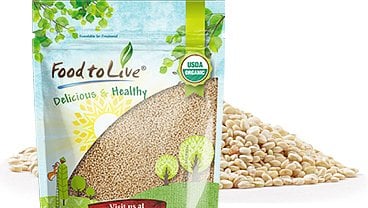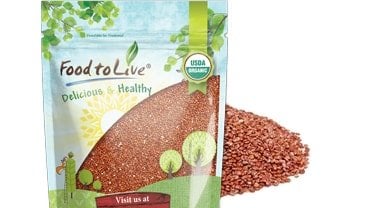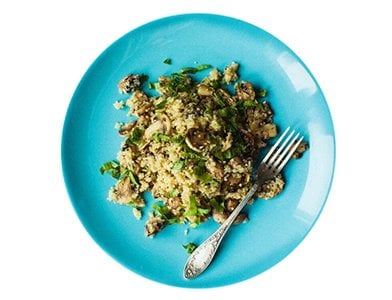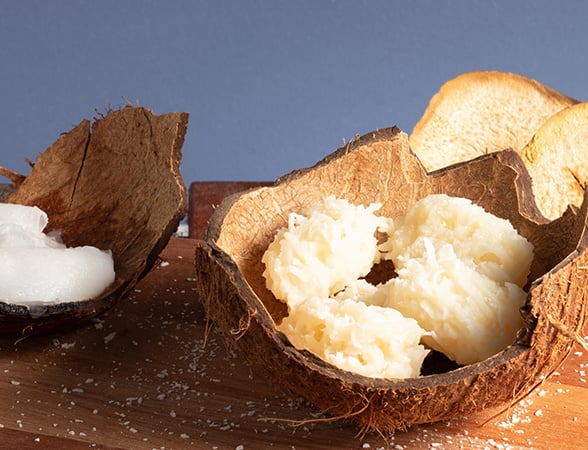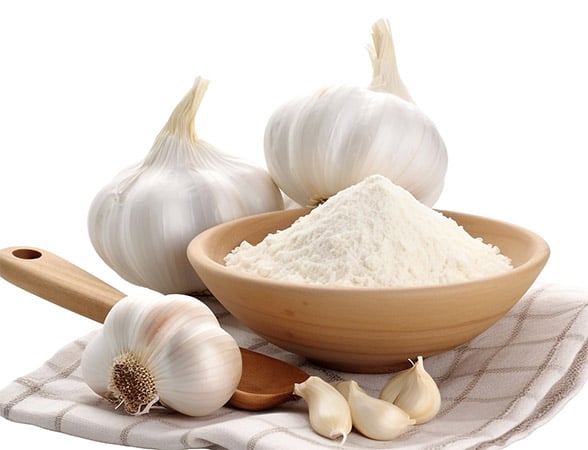November 23, 2020 · Written by Foodtolive Team
Kaniwa vs. Quinoa: What’s the Difference?
People all over the world are currently seeking a superfood to maintain a healthy diet. Among the products they choose, kaniwa and quinoa are in the first place. But why are these two different items so often confused? Let’s figure out the main differences between the two.
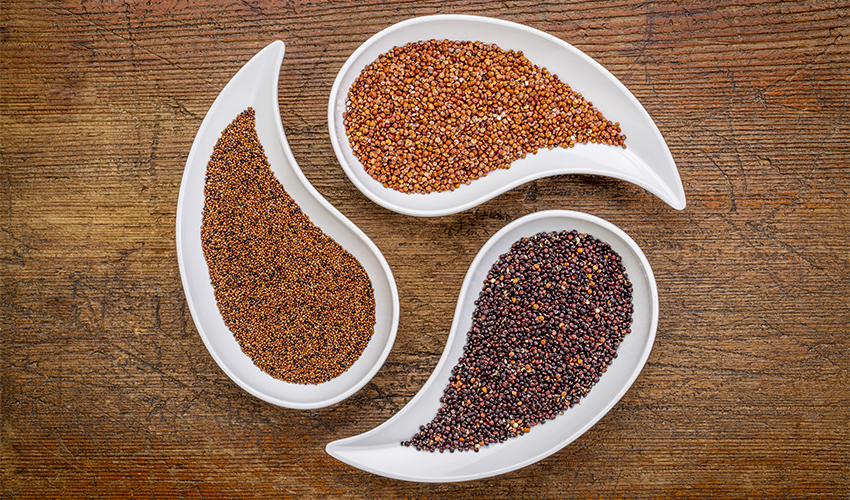
Main Differences and Peculiarities
Both kaniwa and quinoa come from South America. Still, these plants are also cultivated in Bolivia and Peru. The main difference is the species and peculiarities, even though both belong to the same genus. Kaniwa seeds are slightly smaller in size in comparison with quinoa. Moreover, they differ in color: kaniwa grains are dark red or brown, while quinoa grains may be white, black or red. The fact is that their taste is different as well: quinoa is not as sweet as kaniwa. Nutty taste is peculiar to kaniwa and bitter taste is present in quinoa. Interestingly, kaniwa is sometimes called “baby quinoa” or “canawa”. In comparison with other grains, kaniwa is known for its low allergy risk – it does not exacerbate allergies. Thereby, it is good for adults and children.
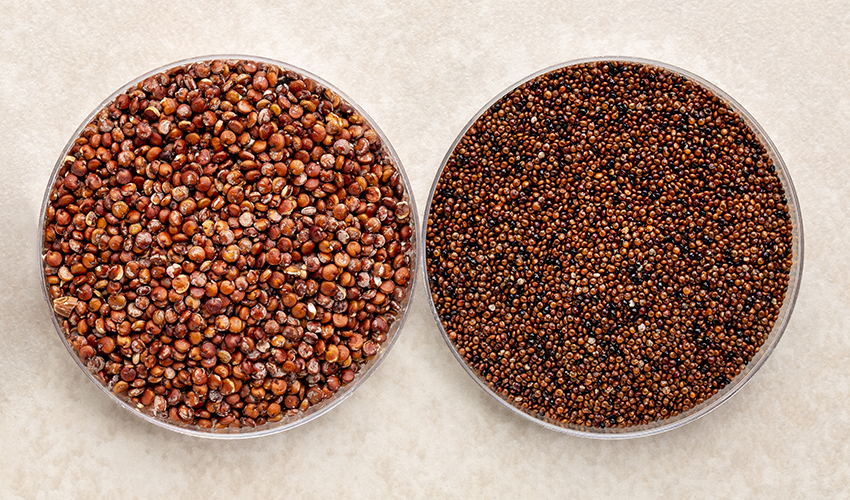
Nutrition Value
Scientists argue that there is no perfect product that will fully meet all human needs for nutrients. However, most of them believe that quinoa is one of the best grain-like seeds. It is said each quinoa grain is a great source of vitamins and minerals. Being gluten-free, it is rich in fiber and carbs. Quinoa has a low glycemic index, it contains a significant amount of vegetable fat for cereals – more than 6% of dry weight. In South America (the Motherland of quinoa), quinoa grains were considered to be a sacred food.
Among vitamins, both kaniwa and quinoa include Vitamin B, Vitamin E, iron, zinc, phosphorus, copper. These two wonderful products are an excellent choice for vegetarians, people with diabetes, cardiovascular disease, or just for overweight people. The nutrition value of kaniwa differs in the content of protein that is 16% more in kaniwa than in quinoa. Besides, kaniwa is also rich in lysine. Lysine is one of the essential amino acids that may treat cold, reduce stress, and build protein for your body. Nevertheless, the healthy benefits of quinoa should not be underestimated.
Quinoa contains about 20% protein, which makes it an excellent dietary supplement for people intolerant to eating animal products. The amino acid composition of quinoa proteins is very balanced and has similarities to breast milk proteins. This protein is easily digested. That is why it is recommended to add quinoa to the diet of pregnant women, children, and athletes.
Additional facts about quinoa
Medical experts believe that quinoa also improves the digestive system and stabilizes the nervous system: it strengthens sleep, removes inattention and irritability. Furthermore, if you consume quinoa, it will help you to prevent the development of arthritis, osteoarthritis, and other joint diseases. According to the USDA, there are 2.86 g of protein, 20 g of carbohydrate, 2.1 g of fiber, 157 mg of sodium, 3.4 mg of vitamin C, 14 mg of calcium, and 714 IU of vitamin A in 100 g portion of quinoa [1]. In contrast, 100 g of kaniwa contains 13.79 g of protein, 65.52 g of carbohydrates, 13.8 g of fiber, 17 mg of sodium, 138 mg of calcium, and 1.24 mg of iron [2].
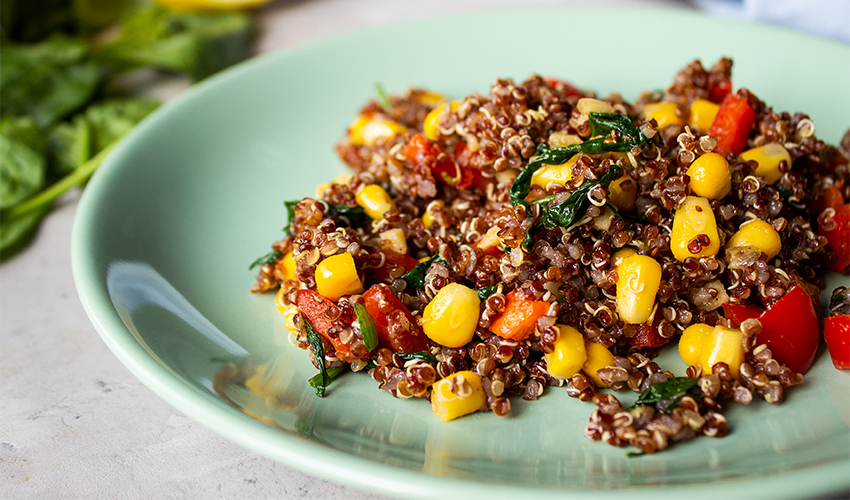
Have you ever tried to cook quinoa? It’s high time!
You will be impressed with how easily kaniwa can be cooked! Due to small seeds, it is cooked more quickly than quinoa. So here is a simple recipe:
You may presoak kaniwa, still, it’s not necessarily – unlike quinoa kaniwa does not have any bitter aftertaste. Boil it within 20 minutes, or even 15 minutes is sometimes enough. The water ratio should be 2:1. You can eat kaniwa for breakfast adding some sugar to your taste, fruits or vegetables.
When it comes to quinoa, firstly, the cereal should be thoroughly washed to get rid of the bitterness. Then you have to dry grains. Quinoa should be prepared in the same way as rice or buckwheat porridge. Take two glasses of water for one glass of quinoa grains. The cooking period should be about 15 minutes on low heat until all the water has evaporated. After that, you can add butter and salt. Some people also fry quinoa on a frying pan to enhance the taste.
The unique taste and crumbly texture make it possible to prepare a number of special dishes – you can cook porridge from quinoa as the main ingredient and then use it in salads or garnishes for vegetable dishes. Quinoa is especially loved by vegetarians because of its amino acids.
For sure, consuming kaniwa and quinoa or not is up to you. But due to the extremely valuable nutrition, you can imagine what excellent remedy these products are for your well-being and health. If you have never tried kaniwa and quinoa, after trying each you will be delighted to feel how these similar in appearance but different in taste grains are delicious in their own way.
References
- U.S. DEPARTMENT OF AGRICULTURE, FOODDATA CENTRAL, QUINOA
- U.S. DEPARTMENT OF AGRICULTURE, FOODDATA CENTRAL, KANIWA


